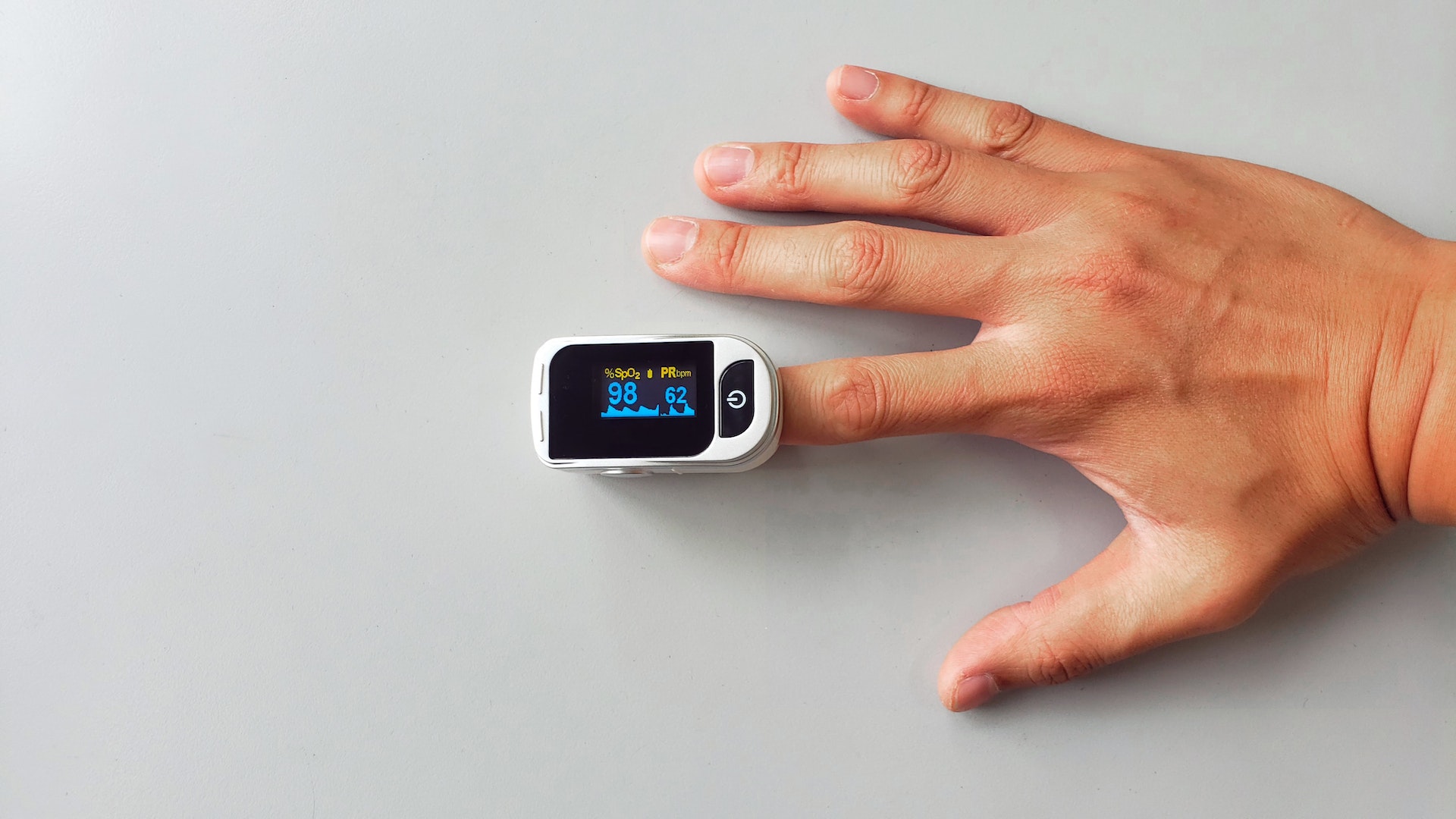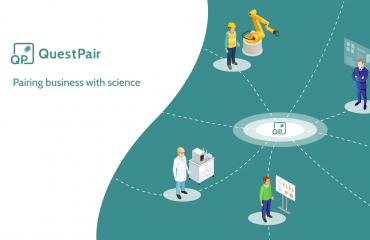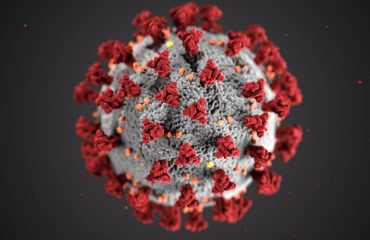The tendency to measure, collect and connect scientific data is accelerating in the world around us. To facilitate this trend, there is a booming demand for measurement devices that are portable, sufficiently accurate and easy to use. An important segment are small and light-weight instruments to gather scientific data. Such miniaturised devices can be used to perform in-field research, or are integrated into existing facilities to monitor industrial processes or to act as early warning systems for contamination or health risks.
The challenge is to invent new techniques to make scientific instruments more compact, lightweight and convenient while still maintaining sufficient sensitivity and reliability. There are many different types of scientific equipment that are routinely used throughout research and industry to characterise the chemical and physical properties of materials and samples. Commonly encountered devices are mass spectrometers, liquid and gas chromatographs, spectrometers, particle size analyzers, rheometers, elemental analyzers, thermal analyzers, titrators, conductivity meters and many other instruments.
In the last decade, there has been tremendous progress in the miniaturisation of scientific instruments. Interestingly, due to the technical nature of these innovations and the typical incremental progress that is made over long periods of time, the topic does not seem to receive a lot of attention outside the world of experts that have to deal with technology on a daily basis. Yet, the emergence of new techniques and convergence of several trends have caused developments in the field to accelerate recently. We believe that the ever smaller and more energy efficient scientific instruments that are coming to the market now have the potential to change the ways in which analysis equipment can be used and integrated.
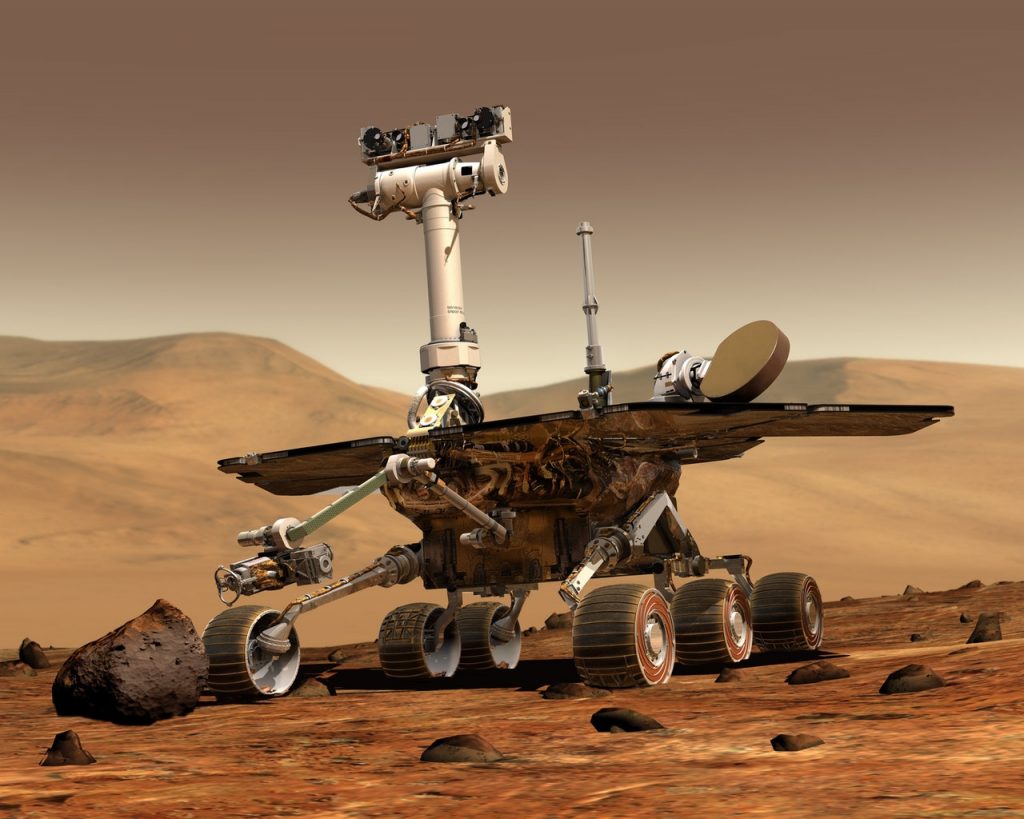
Spectrometers
Spectrometers are scientific instruments that are used for chemical analysis and characterisations. There are many different makes and models that can be found in nearly every laboratory around the world. They are also used extensively for in-line measurements in industrial processes. Increasingly, spectrometry devices are integrated in small pipes or vessels. In addition, there is an increasing demand for handheld or portable spectrometers that can be used for measurements in the field. Important use cases are to characterise field samples, perform quality control, and determine chemical concentrations in the air or to identify (illicit) compounds and provide early warning systems for potential health risks.
Within the class of analytical instruments, optical spectrometers are arguably amongst the most versatile characterisation tools. In the last decades, a wide range of strategies and techniques have been developed to make these devices more compact. One of the most difficult challenges is the spectral sensing system. The four most common strategies to separate wavelengths within are narrowband filters (one or multiple), dispersive optics, Fourier transform interferometers and computational reconstruction techniques.
Portability often also comes with disadvantages. It is extremely difficult – and perhaps indeed impossible – to reach a comparable resolution and spectral ranges as the larger systems used in laboratories. However, this does not always have to be a problem, as further analysis of samples can often be performed with non-portable but more powerful and sensitive equipment in a laboratory. Frequently, the goal of portable equipment is to quickly verify or rule out the presence of certain chemical compounds on-site, which can for example be done with Raman spectroscopy. This technique has been applied successfully into miniaturised Raman spectrometers by companies such as Lightnovo.
What we find particularly interesting is the emergence of reconstructive techniques or systems, where the spectrum is deduced by computational inference (sometimes with the use of neural nets trained on large datasets) rather than relying mostly on physical principles. The power and opportunity of those techniques is that physical problems that were once constrained by optical limits effectively become software problems that can be solved with huge amounts of computational power.
Scientific instruments for particle analysis
Besides chemical substances, the world around us is full of microscopic objects such as micron-sized particles, pollen, dust, grains, bacteria, viruses and other organisms and materials. The analysis of the physical and chemical properties of such particles is important in a wide range of industrial processes and applications, as well as to guard healthy living conditions and maintain a clean living environment.
An example is the monitoring of air quality and filtering of air quality inside vehicles, or the characterisation of particle suspensions in reactor vessels and waste treatment plants. Particle analysis can also be used to quantify the biofouling by microorganisms on surfaces in medical and marine industries. Another huge emerging market that analyses individual cells or particles is health. For example, some companies offer at-home kits to track the dynamics of sperm cells to determine male fertility.
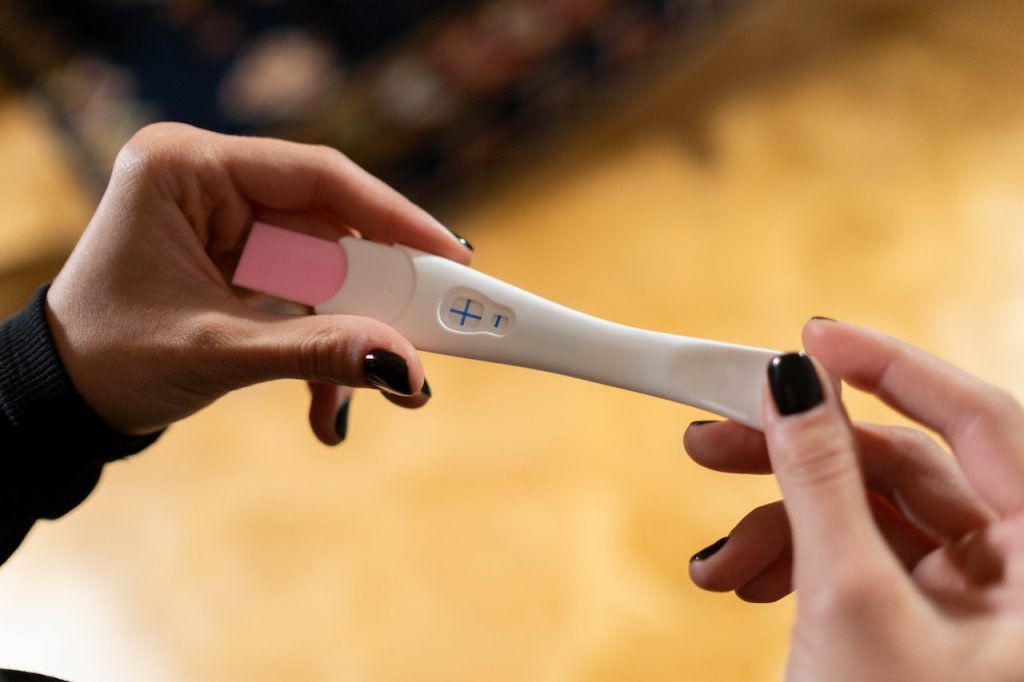
Medical applications
Lateral flow tests are portable devices that many people will now recognise because of their use to rapidly test for Covid-19 in homes or points of care around the world. Besides antigen tests, there are many other examples of portable devices that can be used for non-invasive diagnosis through breath analysis to detect specific chemicals in exhaled air such as ammonia, which can be used to pick up on a variety of different medical conditions.
It may be a matter of time before individual techniques such as these will become more frequently integrated and combined into compact and affordable portable medical devices that can routinely check for many different infections, conditions, or anomalies at once. Such devices can then also combine biochemical information with physiological data such as blood pressure, oxygen saturation, hearth rate, and other vital parameters to obtain a holistic picture of a person’s health condition.
Some of the instrumentation to measure health parameters is already present inside mobile devices such as smartphones that at the same time allow for a smooth user experience in combination with in-cloud storage and powerful data analysis software. As such, the data from a person’s body can be even combined with external environmental data, and serve as an early warning system for people to avoid or take certain types of food or make alterations in their behaviour, such as drinking sufficient amounts of water.
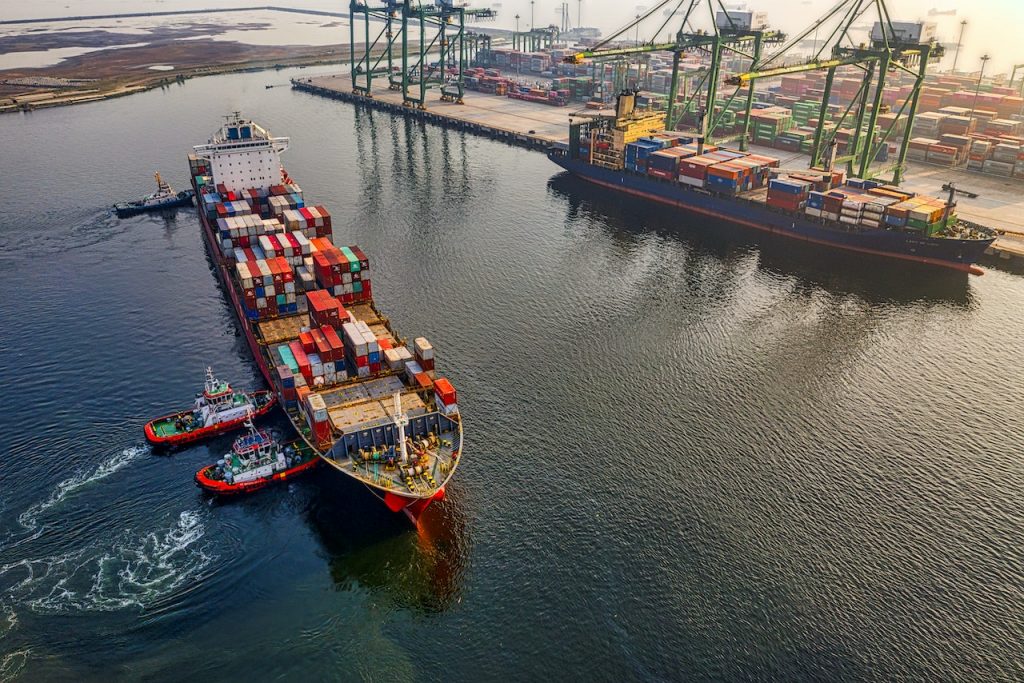
Climate and pollution
As the world nowadays is a theatre of human impact at display, the need for scientific instruments to monitor the environment is ever increasing. Portable devices to measure the concentration of gases and toxins are becoming more prevalent and are used by companies as well as government and environmental agencies. This can be particularly important in populated areas with elevated concentrations of pollutants, for example related to agricultural, industrial or mining activity. Lightweight scientific instruments can also be mounted on drones to monitor pollution or perform routine inspections.
Indeed, toxins are related to numerous health problems and learning disorders and it is therefore essential to catch their presence in soil and drinking water as early as possible. Often, pollution is highest in developing or corrupted countries where governmental oversight is lower. Particularly in such environments, the use of reliable portable analysis equipment can be an empowering tool to provide accurate data to warn and educate the population.
Increasingly, local measurements on the ground are combined with detailed satellite data that is measuring atmospheric and soil properties using techniques such as field spectroscopy. Besides tracking climate changes, weather phenomena and atmospheric pollution, techniques such as and passive microwave sensing can be of vital importance for industries that benefit from accurate details about the presence of water and in the soil, surface temperature and vegetation such as agriculture, insurance companies and others. Interestingly, also the analysis equipment inside satellites has to be as lightweight as possible to minimise the launch costs required to get them into orbit so in many ways the miniaturisation revolution is occurring on earth as much as it is in space.
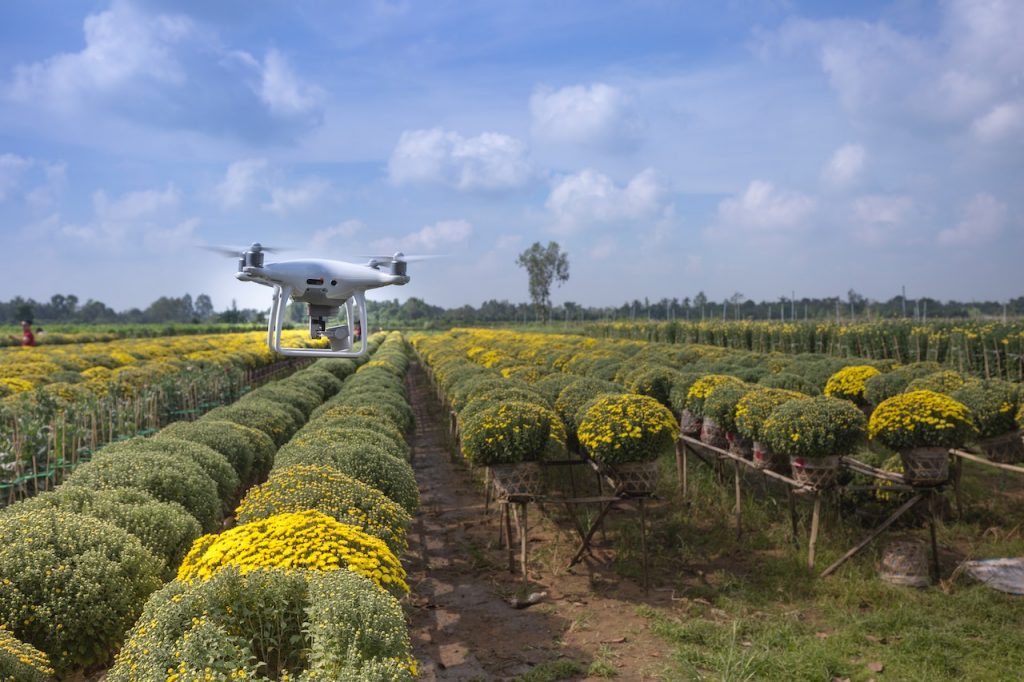
Outlook
The miniaturisation of scientific instruments can drive paradigm shifts in a variety fields and industries by increasing both the quantity, quality of data and particularly the speed and ease with this this data can be obtained. Chemical, biological and physical analysis techniques and portable devices are becoming integrated in more and more parts of daily life through specific commercial and industrial applications. We have covered some in this article, but there are surely many more that we didn’t mention.
QuestPair seeks to support the hidden revolution of miniaturised scientific instruments by providing suppliers and manufacturers with a means to advertise their equipment and educate the public on its capabilities and how this can benefit them. Please get in touch with us if you are developing new types of miniaturised and/or portable scientific instruments. We would love to learn more about it and perhaps become part of your journey!

